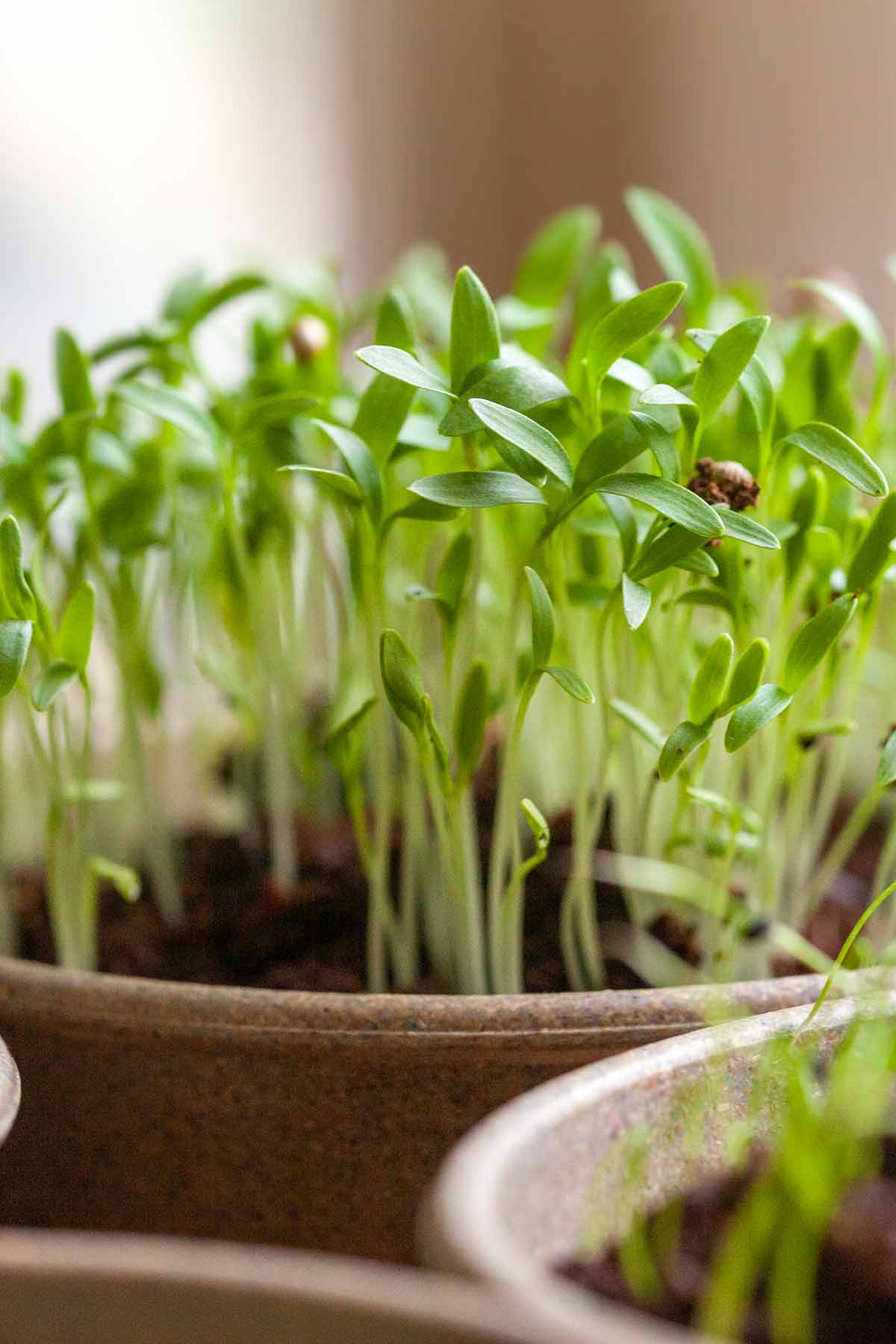
“They’re alive! They’re ALIVE!” I screamed with demented scientist glee. “Now I know what it feels like to be God!”
Sorry. I couldn’t help myself.
When I left for NYC earlier in the week, I was certain my little farmer-in-the-dell exercise of growing vegetables and herbs from seeds would be for naught. I expected to find dry plugs of dirt in the pots I’d planted, with perhaps a few withered sprouts that had reached out their little arms to the sun, like an infant for its mother, only to be cut down in their youth from parental neglect.
Instead I returned to Connecticut three days later to find most of my seedling table a lovely and startling shade of spring green. It was when looking upon all that chlorophyll battling it out in the name of survival of the fittest that the dialogue from Frankenstein, uttered by Colin Clive, just burst from my mouth.
That was the herb pots. Sadly, I wasn’t as lucky with my mini hothouses, in which I planted more than 100 seeds along with a heapin’ lot of hope. Actually, there is some life—if six whisker-thin, crooked filaments count as life—exhibiting itself over in the onion section. But that’s about it. The worst is the devastation in my summer beans. When I leaned in close to search for signs of intelligent life in those 15 fertilized sod pods, I detected a sweet stench, the olfactory love child of caramel and moldy apples. I leaned in closer. Yep, the beans had rotted. In my hubris to bring about life where previously there had been none, I’d drowned the seeds.

On the other hand, it could have been my sowing skills. The directions on the back of the seed packet said to plant the beans individually. Certain that those instructions were intended for the Common Man or uninitiated gardener (after all, I did work on a farm as a kid), I arranged for group sex among my seeds, shoving three and four into each sod pod. After all, what are seeds except dessicated reproductive organs, right? I figured all they needed was a little H2O and perhaps a little Barry White and within two weeks ought to have a veritable vegetal orgy. Instead, well, you can witness the destruction I’ve wrought in the photo above. Clearly I could never be a pimp—and my future as a farmer is most assuredly hanging in the balance. At least I have more grist for my new tumbler composter. (Another story for another day.)

Fetid pots or not, I am undeterred. This morning I replanted the beans and the peas (I rotted them, too) and took the plastic tops off the trays. From here on, my plants are going commando. No instructions, no plastic cover, no overheated nurseries. I will bring life to this house, dammit. Even if it kills me.

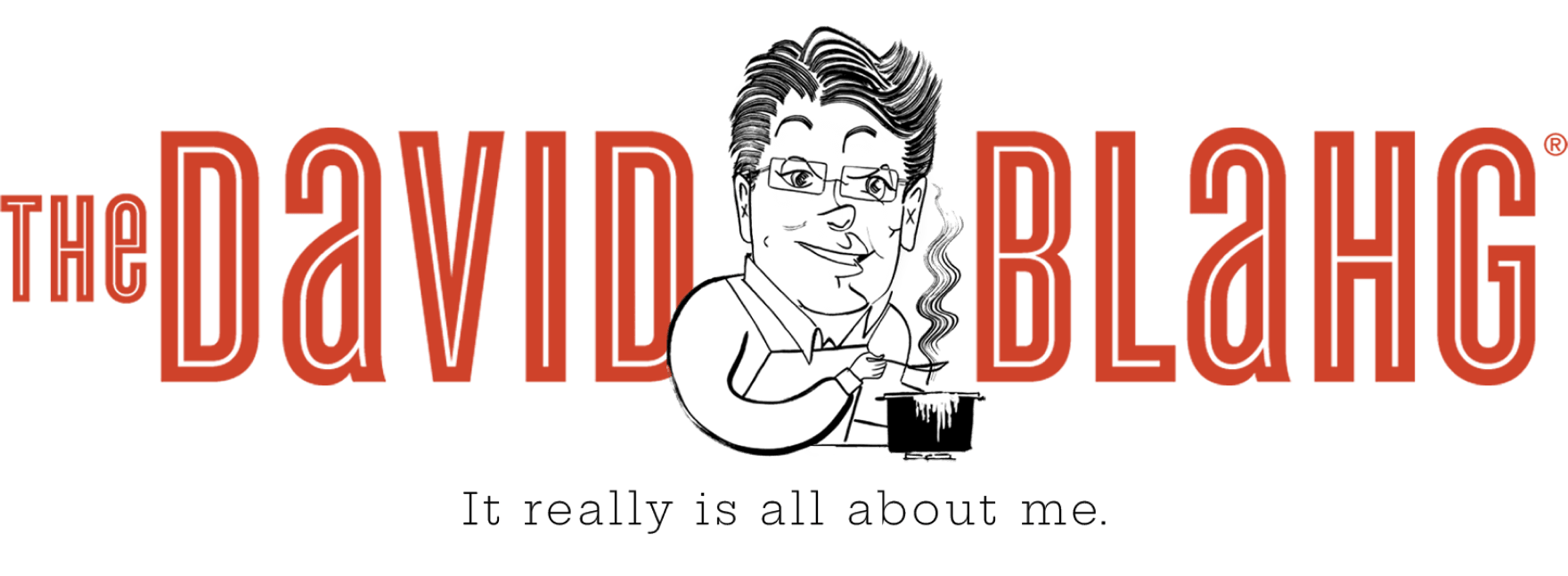


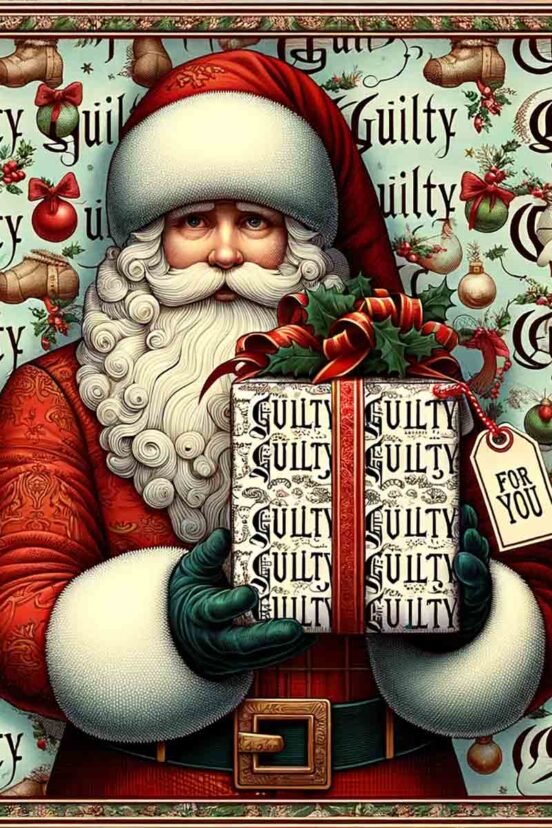
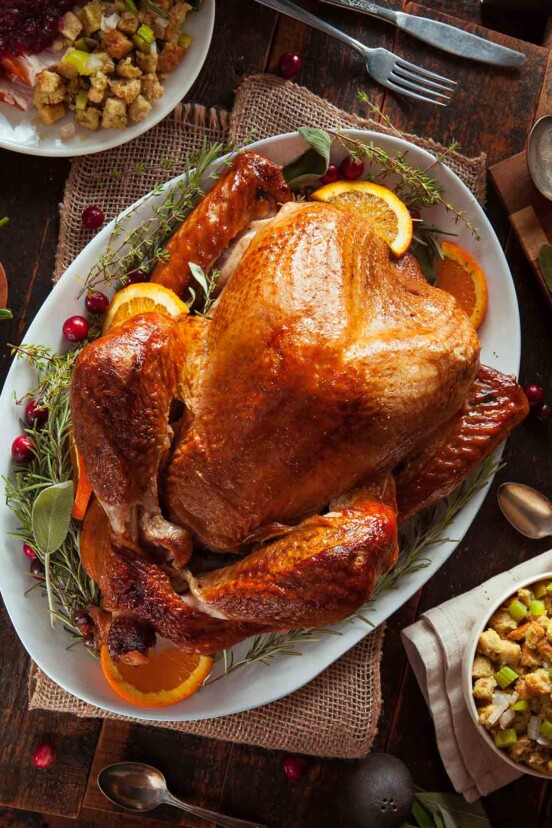
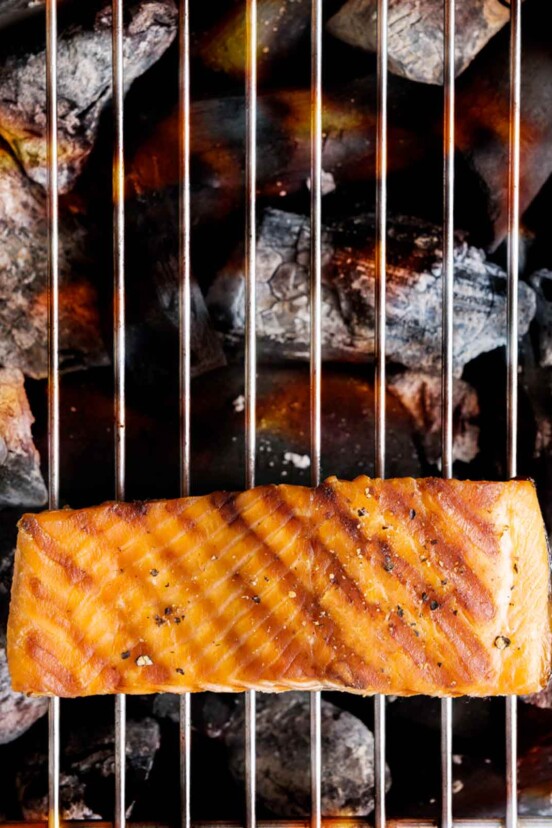









Best of luck with the herbs! If you’re hoping to prune the plants to encourage even growth, it helps to know that once an area has wooded over (rosemary, basil, lavender, etc..) that area won’t divide further or “become bushier,” so pruning should be done on green springs, not wooded ones. 🙂
Thanks for the advice, Sanya!
Que maravilha! Espetacular! Lindo! Encantador! Gratificante quando queremos acertar! Parabéns pelas descobertas!
Muito obrigado, Rosana. Aprecio o seu entusiasmo.